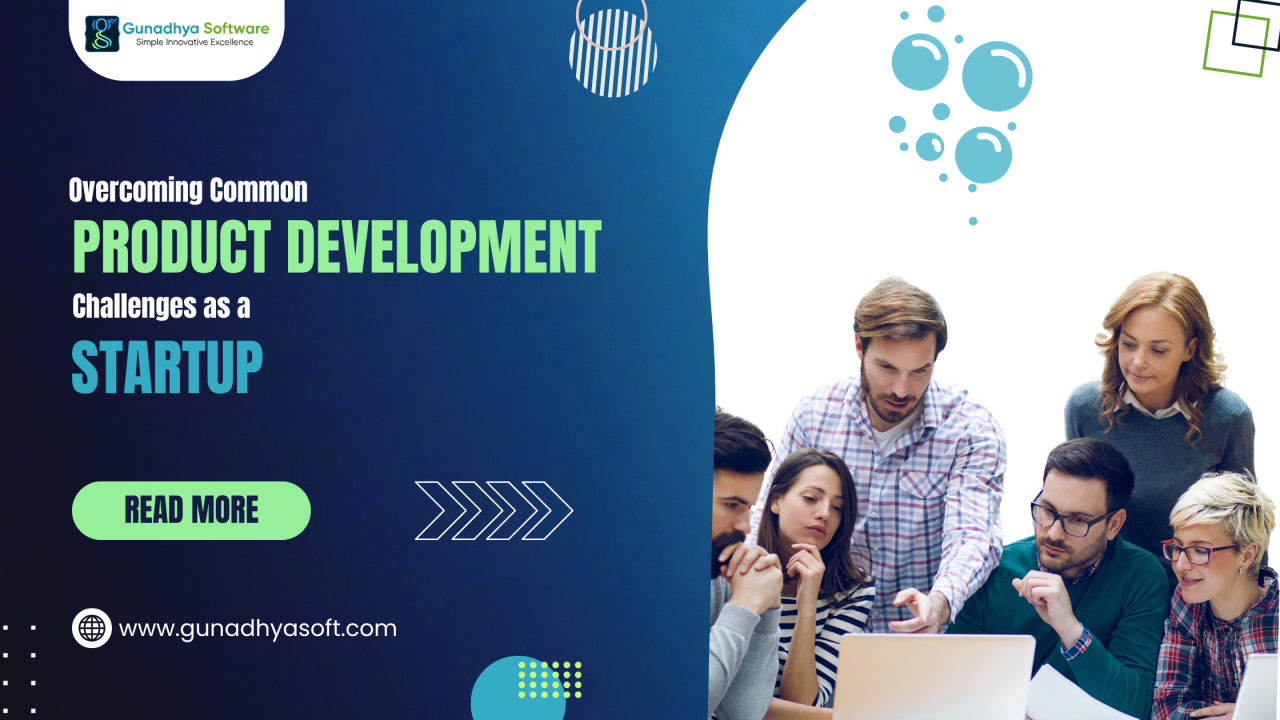This is an exciting but perilous innovation of new products and services. It involves lots of ideas, and their development process right into marketable products with potential obstacles on the road, which are best understood from the very start to increase the chances of success of your startup. We will discuss some of the biggest product development obstacles that startups face and how to overcome them so your product would attract the target users as well as comply with market needs.
What This Insight Covers:
Unclear Product Vision: How a lack of clarity in your product vision is a way to derail development, and how you can avoid it.
1. Unclear Product Vision: A good, clear-cut vision will guide every step during product development.
2. Limited Resources and Budget Constraints: Overcoming financial challenges and maximizing efficiency with an MVP.
3. Market Fit and Validation: The importance of validating your product idea through customer feedback and market testing.
4. Technical Debt: The impact of accumulated technical debt and best practices to prevent it.
5. Customer Feedback and Iteration: How to use feedback loops to improve your product incrementally.
6. Time to Market: Speed and quality balance to avoid launching products in a rush.
7. Scaling Challenges: Preparing your product for growth and future expansion.
Challenges and Solutions in Product Development for Startups
1. Unclear Product Vision
Probably the most tragic flaw of startups: unclear product vision. A good, clear-cut vision will guide every step during product development. In contrast, without a well-defined direction, it would become easy to lose your way, becoming a victim of wasted resources on features that do not align with your core objective.
Solution: Define your vision early on by answering key questions: What problem does your product solve? Who is your target audience? What value does your product provide? Once you have clarity on these points, it becomes easier to prioritize features and make decisions that keep the product on track.
2. Limited Resources and Budget Constraints
Financial constraints characterize many startups, and they often hinder product development. A small budget sets up a delicate balance when it comes to decisions on which features to prioritize and how to allocate the available resources.
Solution: Develop a Minimum Viable Product. A minimum viable product contains only the core features necessary to solve the main problem. This will enable you to test your product with users without unnecessary costs. This will give you early feedback so that you don’t waste resources on features that may not be used.
3. Market Fit and Validation
The most common concern is whether a product actually meets market needs. Most startups make the rookie mistake of building something they themselves think is great without verifying it with real users that can quickly squander hours and dollars.
Solution: Validate your product idea through customer interviews, surveys, and feedback loops before committing to full-scale development. First, try to identify the pain points that your product is targeting to solve and test the assumptions with a small set of users. Platforms such as Kickstarter, social media, or even landing pages can gauge interest before investing heavily in the development.
4. Technical Debt
As your product evolves, it is quite easy to just cut corners and accumulate technical debt—issues like messy code, outdated dependencies, and inefficient systems. This might delay future improvements and scalability of your product.
Solution: Start with robust software development practices. Code cleanliness and maintainability are priorities. Tackle technical debt early in the game. For instance, regular code reviews can mitigate this issue in the long term. Best practices of scalability should be followed, with the help of frameworks emphasizing it.
5. Customer Feedback and Iteration
Receiving and integrating customer feedback is a continuous challenge. Customers may not always be able to articulate their needs, or they might provide conflicting feedback, making it difficult to determine which direction to take.
Solution: Feedback gathering should be structured and prioritized. Create a feedback loop that involves many touchpoints, such as user interviews, surveys, and usability testing, and sort your feedback based on the most common themes and the most urgent needs of your users. Continuous iteration based on feedback will ensure your product remains aligned with what your customers want.
6. Time to Market
Startups are always in the pressure of getting their product out to market quickly when the competition is high against well-established players. Rushing the development process will eventually lead to a low-quality product that cannot be able to meet user expectations.
Solution: Balance speed with quality, using agile development practices to strike a balance between the two. Develop releases in smaller, more iterative pieces to get early, frequent feedback and make improvements incrementally. This lets you test features early and often and make necessary adjustments without the pressure of one single “big launch.”
7. Scaling Challenges
Once a product gets some traction, scaling becomes the new challenge. Whether it’s managing more traffic, adding new features, or expanding into new markets, scaling can be a problem if not planned properly.
Solution: Plan for scalability right from the beginning. Leverage scalable technologies, and modular architectures, and make sure your infrastructure is scalable enough. Monitor performance and user growth regularly to ensure that your systems scale seamlessly without impacting user experience.
Conclusion
Product development is a complex process involving careful planning, constant validation, and agility. Starting with an unclear product vision, scarce resources, or a mismatched market could be improved significantly by paying attention to these at the start. Remember that in order to overcome all the above-mentioned problems, one needs to stay focused, be flexible, and continue iterating according to customer feedback.
If you are finding it hard to move ahead in your product development journey, then allow Gunadhya Software Solutions to help you move ahead. Our team is a specialist in product engineering, mobile development, and AI solution provider for helping startups like yours stand out in the competition.
Ready to bring your product ideas to life and overcome development challenges with expert guidance?
Partner with Gunadhya Software Solutions today and benefit from top-tier product engineering, mobile development, and AI solutions. Our experienced team is here to help startups like yours build scalable, market-ready products. Take the first step toward your product’s success. Get in touch with Gunadhya Software Solutions now to turn your vision into reality!




